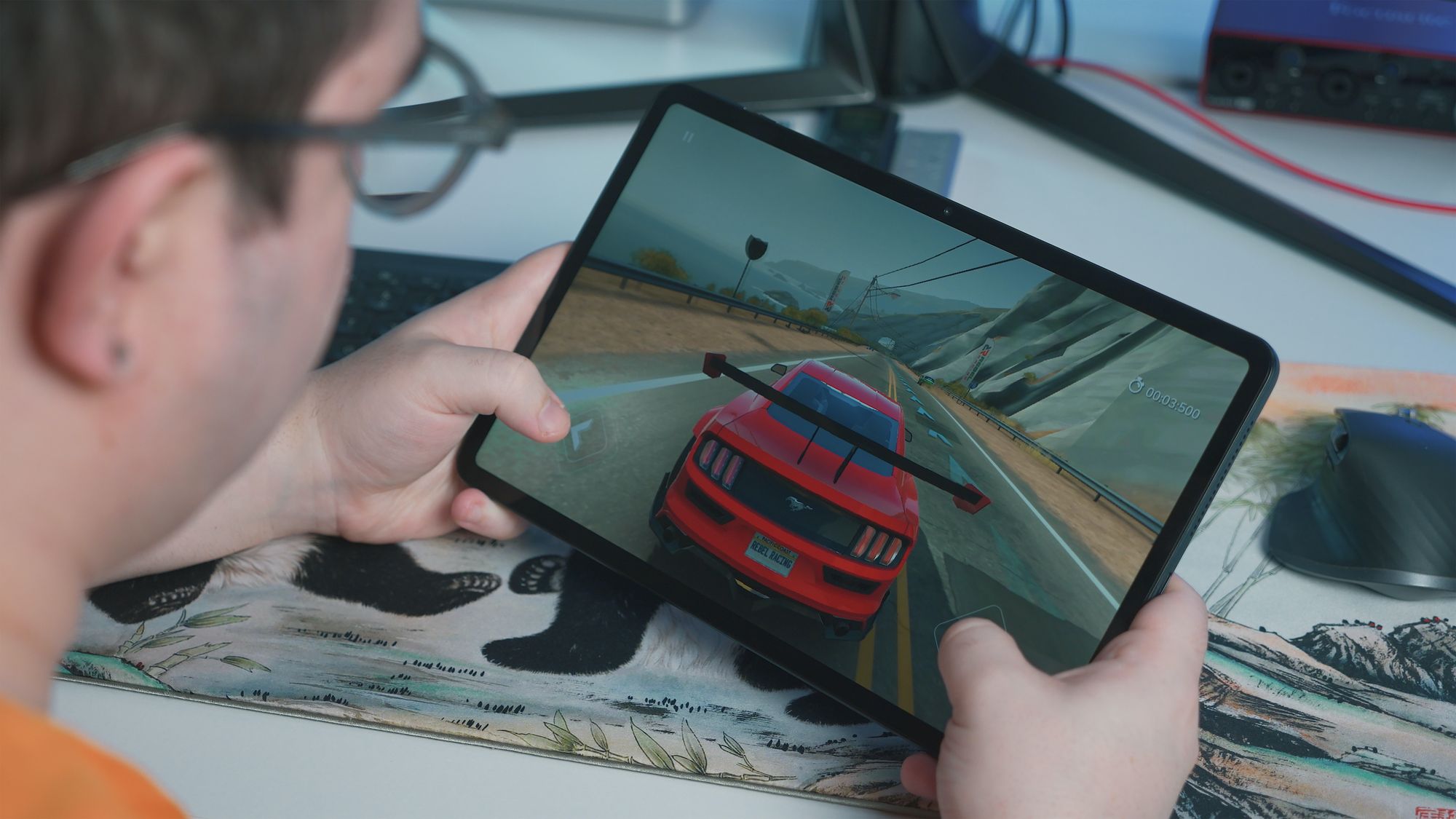In the ever-evolving landscape of healthcare and technology, an exciting approach has emerged that combines the worlds of serious gaming and therapeutic interventions: Digital Therapeutics Gamification, often referred to as DTx gamification. This innovative concept, while relatively new in terminology, builds upon a rich history of utilizing games for purposes beyond mere entertainment. In this post we take a look at what DTx gamification is, if it can be an effective treatment, as well as highlight some prominent examples in the field.
What is DTx gamification?
Although DTx gamification is a relatively recent terminology, the use of games in various industries with a purpose beyond entertainment has been around for several years. The academy has defined them as "serious games" and are those which, in addition to entertainment, use elements unique to gaming in order to educate or influence change in experience or behaviors.
However, in order to further our exploration of DTx gamification, we should first consider what we mean by the term "gamification," which actually does not have a single definition. Some literature defines gaming as a set of six structural elements: rules, goals & objectives; outcomes & feedback; conflict, competition, challenge or opposition; interaction; and representation or story. Not all these features, though, are involved in all games.
Let's think for example of a classic game, such as Tetris, where the last of the proposed features, the story, is not present. Yet, no one would ever say that Tetris does not represent a gaming experience. In light of this, Wittgenstein proposed that gaming is a polythetic concept, i.e., something which is considered to be connected by an essential factor, but is instead connected by a series of superposed resemblances, where no one is necessarily identical to another.
Under this broad conception of gaming, many industries have made use of it “seriously” as a tool to achieve objectives that have to do with education, behavioral changes and the introduction and improvement of experiences. Some of the industries that have worked pioneering with gaming have been tourism, education, and the healthcare industry.
Therefore, when combined with the DTx recent updated definition given by the ISO 11147, we can say that digital therapeutics gamification is when a health software used to treat or alleviate a disease, disorder, condition, or injury employs serious games for creating and administering a medical intervention that has a proven beneficial therapeutic result on a patient’s health.
Can this be an effective treatment?
Globally, researchers have been studying the effects of gamification on mental health through mobile devices for several years now. For example, in a study conducted by In a further study, Rossoniello et al. (2013), researchers found the improvement of mood in depression patients after playing casual games. Mood was reportedly affected by these entertainment games through emotional regulation, stress release, and social support.
Another study of Holmes et. al (2009) showed that the use of puzzle games like Tetris can be can help impede traumatic flashbacks in PTSD by interfering with memory consolidation. Furthermore, Alvarez et al. (2008) tested number and letter sequence training games to reduce cognitive impairment in depressed adolescents having positive outcomes.
As a result of this academic support, several digital therapeutics gamification examples are currently being developed as a non-pharmacological therapeutic interventions for mental disorders. DTx gamification it's currently being under use for treating psychiatric disorders, including depression, anxiety, post-traumatic stress disorder, autism spectrum disorder, dementia, alcohol use disorder, attention deficit hyperactivity disorder, and obsessive-compulsive disorder.
However, mental health disorders are not the only field where digital therapeutics gamification has been found efficient. The nature of the games means that they have the potential to engage users, contributing to greater user involvement and reduced dropout rates. This is due to incentive strategies that influence cognitive biases that impact user motivation. These incentives may include issues such as earning points, leveling up, or gaining in-game benefits. One of the most obvious use cases resulting from this characteristic and consequent behavior is enhanced medication adherence. This has also been proved to be highly efficient in treatments that require educational components and attitudinal changes on the part of the patients.
In addition, games can use props to provide enriched sensory environments and immersive user experiences to simulate real-life scenarios more securely and help educate and accomplish cognitive and behavioral transitions through overlearning and repeatability. A good DTx gamification example for this is Karuna Labs’ Virtual Embodiment that uses virtual reality to treat chronic pain through a combination of physical and cognitive retraining .
Examples of gamification applied to digital therapeutics
As we mentioned, gamification has already been successfully incorporated into several digital therapeutics. Let’s explore three DTx gamification examples that are FDA-approved:
EndeavorRx by Akili Interactive
Tackling pediatric attention deficit hyperactivity disorder.
With EndeavorRx, Akili Interactive offers a prescription digital therapeutic designed to improve ADHD function in children aged 8 - 12.
A fun and engaging video game on mobile devices is used to help children improve their attention skills, which adapts to their performance. With EndeavorRx's sensory stimuli and motor challenges, kids are challenged to multitask and ignore distractions. Using an algorithm, treatment is customized to each patient's performance in real time while parents and physicians can check and evaluate the kid’s progress.
MindMotionGo by Mindmaze
A mobile neurorehabilitation system.
Another DTx gamification example is Mindmaze’s MindMotion GO, a wearable digital neurotherapeutic platform that uses digital game-based therapies for neurorehabilitation in inpatient and outpatient clinics, as well as at home.
There have already been more than 3,300 patients benefited by this DTx in 90 leading centers around the globe. Based on the needs and progress of each individual, the system is fully customizable to encourage the type of movements typically practiced by physical therapists.
MindMotion GO offers a diverse range of activities, including full-body motion capture using markerless optical technology, real-time feedback on movement quality, and hand dexterity training hardware peripherals. Additionally, a HIPAA-compliant web service offers complete telemedicine services.
A neuroscience-based approach was used to develop the interactive games available on the platform. By incorporating captivating effects and 3D virtual environments, the games engage patients in exercises, increase their adherence to therapy, and speed up their recovery processes.
ReadyAttentionGo by Tali Health
Adressing attention impairment of young children.
ReadyAttentionGo is an Australian-owned digital therapeutic gamification example. This therapy is a pioneering cognitive training program developed as a series of digital games. The algorithm, developed with a scientific basis, aims to improve the attention span of young children.
Attention deficits in children have been shown to be associated with a negative impact on their ability to learn, play and socialize. In response to this problem, the ReadyAttentionGo game was developed to strengthen the neural pathways responsible for selective, sustained, and executive attention skills using scientifically established digitized and gamified tasks.The games were tailored specifically to improve children's ability to filter out distractions and select particular information from multiple sensory inputs, increase and maintain concentration on relevant tasks over an extended time span, and control and switch focus while avoiding impulsive responses to stimuli.
The treatment is targeted at children ages 3 to 10, as research has shown that this type of cognitive training is maximally successful when it is introduced during the early childhood growth stage, when brain neuroplasticity is at its peak.
In summary, a compelling body of evidence shows that digital therapeutics gamification is powerful in supporting a variety of treatments that address multiple diseases, disorders, conditions, or injuries. Moreover, the FDA's growing endorsement of this type of endeavor and the increasing scientific evidence supporting its effectiveness, suggests an increasingly promising path forward for the industry.




